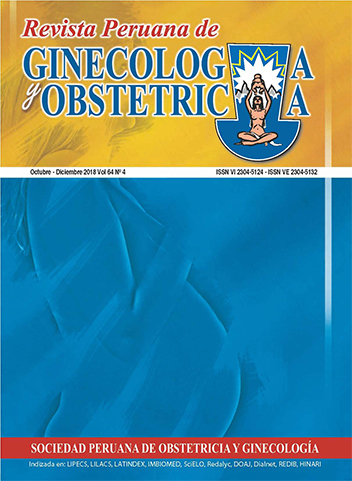Fetoscopic surgery in myelomeningocele
DOI:
https://doi.org/10.31403/rpgo.v64i2131Abstract
Myelomeningocele affects 17,8 in 100 000 newborns. It is one of the ten leading causes of death in children under the age of 10 in Mexico and it is associated with high cognitive, sensory and motor morbidity. Studies in animals and, later, the Management of Myelomeningocele Study (MOMS), showed that the repair of prenatal neural tube defects decreases the risk of hydrocephalus and improves motor function at the age of 30 months. Prenatal fetal surgery for myelomeningocele described in MOMS is performed through hysterotomy, and is associated to significant maternal and fetal morbidity. Thus, the therapeutic approach has evolved to fetoscopic techniques with less maternal and fetal complications and better perinatal results. In this section, we describe the different fetoscopic techniques, their evolution, advantages and disadvantages, and the challenges for fetal surgical techniques in the future.Downloads
Download data is not yet available.
Downloads
Published
2018-12-11
How to Cite
Sepúlveda González, G., Villagómez Martínez, G. E., Dávila Escamilla, I., Hernández Castro, F., Montes Tapia, F., Zamudio Méndez, O., Nieto Sanjuanero, A., & Cárdenas Del Castillo, B. (2018). Fetoscopic surgery in myelomeningocele. The Peruvian Journal of Gynecology and Obstetrics, 64(4), 615–620. https://doi.org/10.31403/rpgo.v64i2131
Issue
Section
Simposio - Cirugía Fetal en América Latina
















